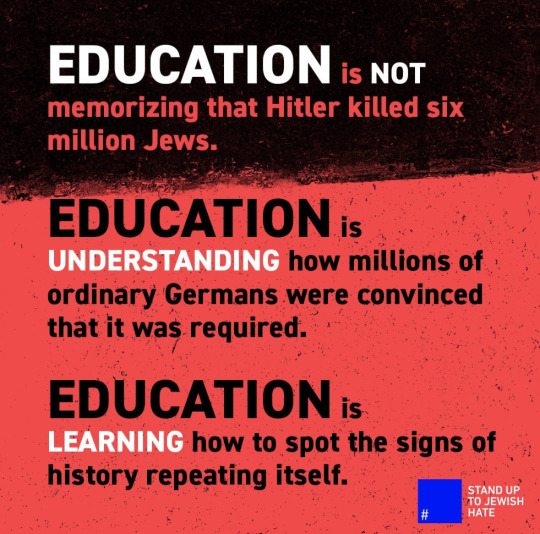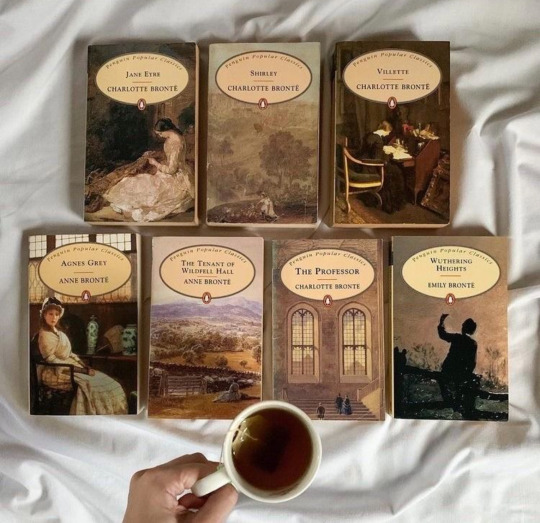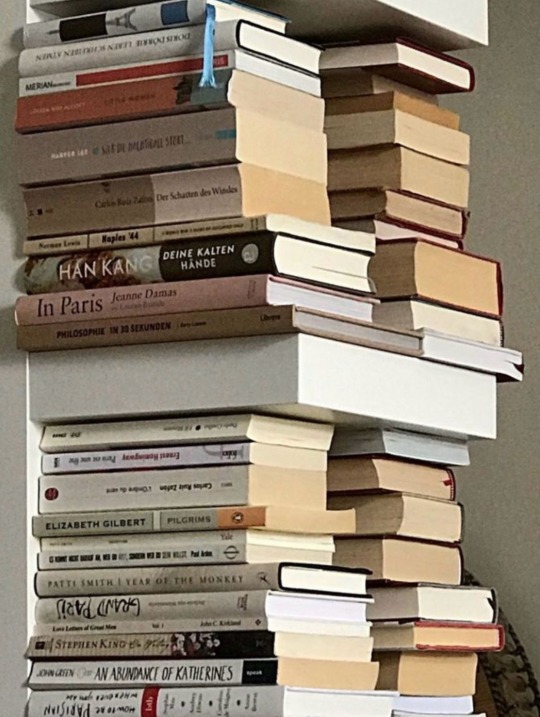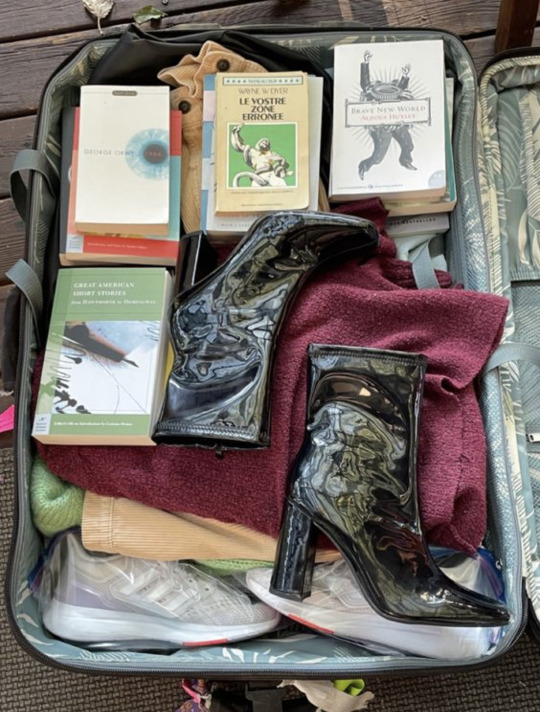#educate yourselves
Explore tagged Tumblr posts
Text
Weather manipulation using lasers explained on main stream media 🤔
#pay attention#educate yourselves#educate yourself#reeducate yourselves#knowledge is power#reeducate yourself#think about it#think for yourselves#think for yourself#do your homework#do some research#do your own research#do your research#ask yourself questions#question everything#government lies#government secrets#government corruption#truth be told#lies exposed#evil lives here#weather manipulation#weather modification#weather control#news#hidden history#hidden secrets#secret history#history lesson#history
349 notes
·
View notes
Text
They do sell them 👇
They have different styles... Search "Firecracker Artillery Cannon" 🤔
#pay attention#educate yourselves#educate yourself#reeducate yourselves#knowledge is power#reeducate yourself#think about it#think for yourselves#think for yourself#do your homework#do your research#do your own research#do some research#ask yourself questions#question everything#truth be told#firecracker cannon#cool stuff#interesting#interesting stuff#man toys
1K notes
·
View notes
Text

Must be stopped.
#educate yourself#knowledge is power#pay attention#educate yourselves#reeducate yourself#do your homework#reeducate yourselves#think about it
2K notes
·
View notes
Text










What You Need to Know about Project 2025
The GOP's Radical Plans for America's Future
graphics from @/pinballwizardess on tiktok
#politics#maga morons#project 2025#election 2024#us elections#joe biden#donald trump#abortion#pro life#pro choice#epa#global warming#please vote#vote biden#vote democrat#vote blue#fuck the gop#gop#reproductive rights#reproductive health#reproductive justice#reproductive freedom#education#educate yourself#educate yourselves#head start#christianity#christian privilege#jesus christ#civil rights
3K notes
·
View notes
Text

Let this be so.
#truthwillsetyoufree#educate yourself#knowledge is power#do your homework#think for yourself#educate yourselves#health is wealth#pay attention#stop the wars
2K notes
·
View notes
Text
Just a reminder...
2919 - Remember when ABC refused to air Amy Robach’s "We have everything" story on the Epstein client list? 🤔
#pay attention#educate yourself#educate yourselves#wake the fuck up#wake up#do your own research#do your homework#do your research#do some research#exposing the truth#reeducate yourself#news#abc#government corruption#evil lives here#reeducate yourselves
1K notes
·
View notes
Text

#educate yourself#educate yourselves#Jewish hate#stand up to jewish hate#proud jew#jewblr#actually jewish#eretz israel#am yisrael chai#jumblr
2K notes
·
View notes
Text

Never Free
199 notes
·
View notes
Text










In books we trust🤎💫📚
#reading is hot#books and reading#reading is sexy#reading#books aesthetic#books & libraries#romance books#booklover#bookworm#literature#hot and educated#education#educate yourself#educate yourselves#smart girl#study inspo#study aesthetic#study motivation#dark academia#college aesthetic#student#smart woman#dark femininity#beauty and brains#university#university student#college#college student#books#novel
457 notes
·
View notes
Text


1150Hz Rife Frequency: This sound can kill PARASITES.



Royal Rife discovered that this frequency could destroy parasites on a cellular level. 🤔
#pay attention#educate yourselves#educate yourself#reeducate yourselves#knowledge is power#reeducate yourself#think about it#think for yourselves#think for yourself#do your homework#do some research#do your own research#do your research#ask yourself questions#question everything#government secrets#government corruption#government lies#truth be told#lies exposed#evil lives here#rife frequencies#dr. royal raymond rife#healing frequencies#1150hz#sound frequencies#self healing#self improvement#self help#self care
213 notes
·
View notes
Text
DOGE just found another $580M in wasteful spending at the D.O.D. In less than a month, that’s nearly $800M found in wasteful spending so far just in the D.O.D. 🤔
#pay attention#educate yourselves#educate yourself#reeducate yourselves#knowledge is power#reeducate yourself#think about it#think for yourselves#think for yourself#do your homework#do some research#do your own research#do your research#ask yourself questions#question everything#government lies#government secrets#government corruption#truth be told#lies exposed#evil lives here#money laundering#wasteful spending#government theft#us taxpayers#news#you decide#dode#department of defense#pete hegseth
208 notes
·
View notes
Text
Now you know why Trump is abolishing the Department of Education. 🤔
#pay attention#educate yourselves#educate yourself#reeducate yourselves#knowledge is power#reeducate yourself#think about it#think for yourselves#think for yourself#do your homework#do some research#do your own research#do your research#ask yourself questions#question everything#government lies#government secrets#government corruption#truth be told#lies exposed#evil lives here#education#now you know#do you see it#unbelievable#you can't fix stupid
214 notes
·
View notes
Text
Barack Obama was using USAID to pretend to send money to a country for “aid” and instead laundering it to the Cayman Islands
He would then use that money to fund and train “Rent-a-Riots” for protests to overthrow governments.
Mike Benz on Joe Rogan: “A scandal during the Obama USAID era. We were running a number of rogue USAID operations in Cuba at the time. — I'm simply showing the American people where your tax dollars are going and how these things are structured in order to systematically fool you and to fool Congress and to fool the White House:
— USAID pumped $1.2 billion in, and we sponsored these activist groups and these civil society organizations to learn how to use Facebook, learn how to use Twitter, lose, learn how to use hashtags, learn how to coordinate street protests so that everyone knows where to go, what street to show up on, what kind of slogans to know, to use in order to create the pro-democracy predicate for it.”
Sound familiar? 🤔
#pay attention#educate yourselves#educate yourself#reeducate yourselves#knowledge is power#reeducate yourself#think about it#think for yourselves#think for yourself#do your homework#do some research#do your own research#do your research#ask yourself questions#question everything#truth be told#lies exposed#government lies#government secrets#government corruption#news#evil lives here#joe rogan#mike benz#you decide#wake up#usaid#barack obama#obama#money laundering
176 notes
·
View notes
Text

John Pelletier…
The deadliest mass shooting in modern U.S. history? He was there.
The most catastrophic wildfire America has seen in a century? He was there.
Now a lawsuit against P. Diddy that alleges criminal conspiracy, kidnapping, and rape?
And guess what¿? His name is in that too.
What are the statistical odds that one man, a police officer no less... Would be connected to all three? 🤔
At what point do we stop calling it a coincidence and start calling it something else? 🤔
#pay attention#educate yourselves#educate yourself#reeducate yourselves#knowledge is power#reeducate yourself#think about it#think for yourselves#think for yourself#do your homework#do some research#do your own research#do your research#ask yourself questions#question everything#government lies#government secrets#government corruption#lies exposed#truth be told#evil lives here#news#coincidence#i think not#you decide#bad cop#interesting#police state#police officer#law enforcement
112 notes
·
View notes
Text
It was ALL a lie. The real reason the USAID was in Africa...
Former African Union Ambassador to the United States, Arikana Chihombori-Quao: 👇
“They're using that open access, sounding humanitarian, to constantly destabilize governments” 🤔
#pay attention#educate yourselves#educate yourself#reeducate yourselves#knowledge is power#reeducate yourself#think about it#think for yourselves#think for yourself#do your homework#do some research#do your own research#do your research#ask yourself questions#question everything#government secrets#government lies#government corruption#usaid#africa#truth be told#lies exposed#evil lives here#news#untold truth#hidden history#secret history#history lesson#history#you decide
91 notes
·
View notes
Text
Donald Trump did 96 rallies in 2024
CNN aired only 1 Live
Butler, Pennsylvania... What are the odds? 🤔
#pay attention#educate yourselves#educate yourself#reeducate yourselves#knowledge is power#reeducate yourself#think about it#think for yourselves#think for yourself#do your homework#do your research#do your own research#do some research#ask yourself questions#question everything#government secrets#government lies#government corruption#truth be told#evil lives here#lies exposed#what are the odds#news#coincidence#crazy#weird#stranger than fiction#things that make you go hmmmm#funny not funny#how did that happen
143 notes
·
View notes